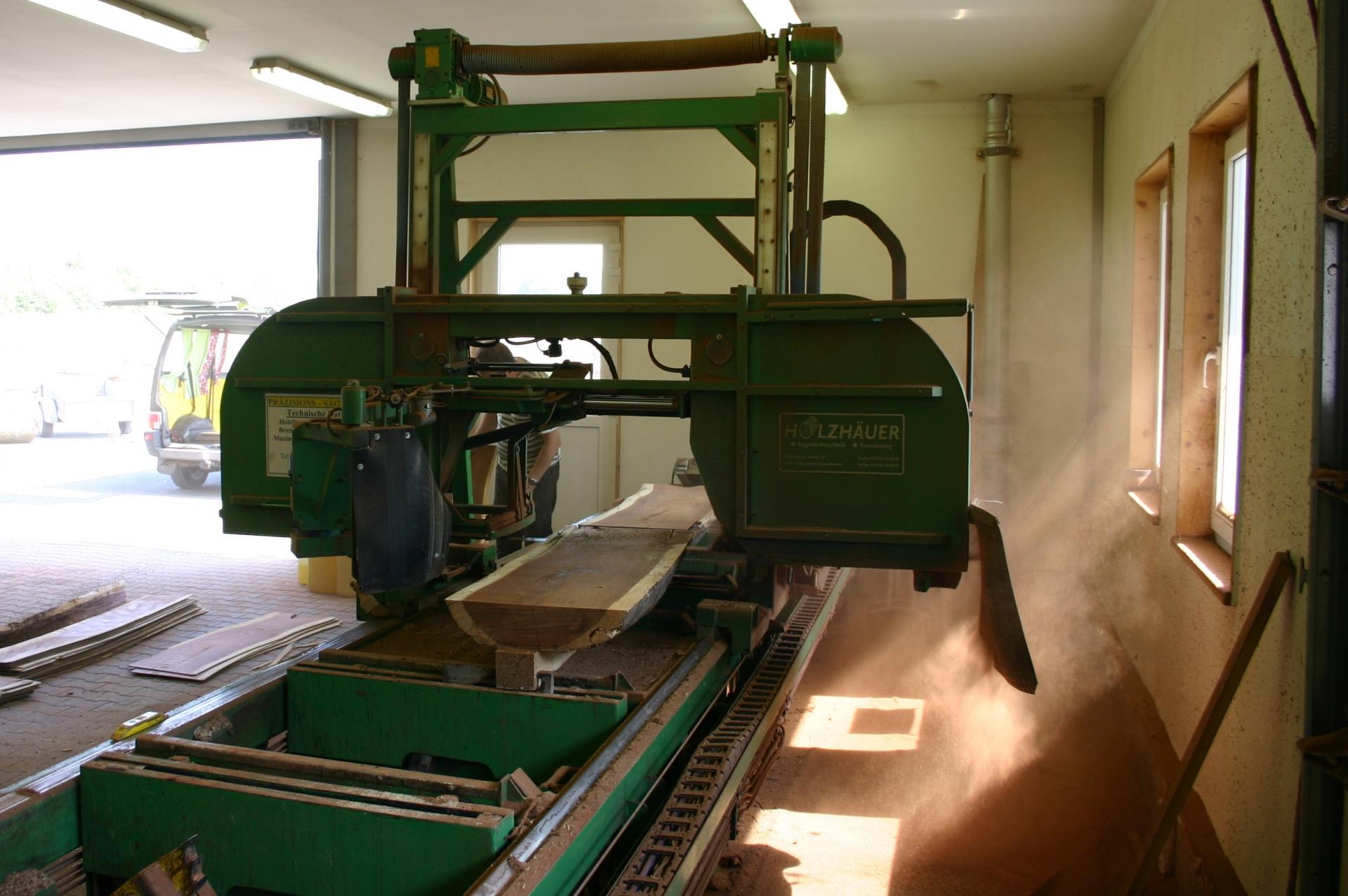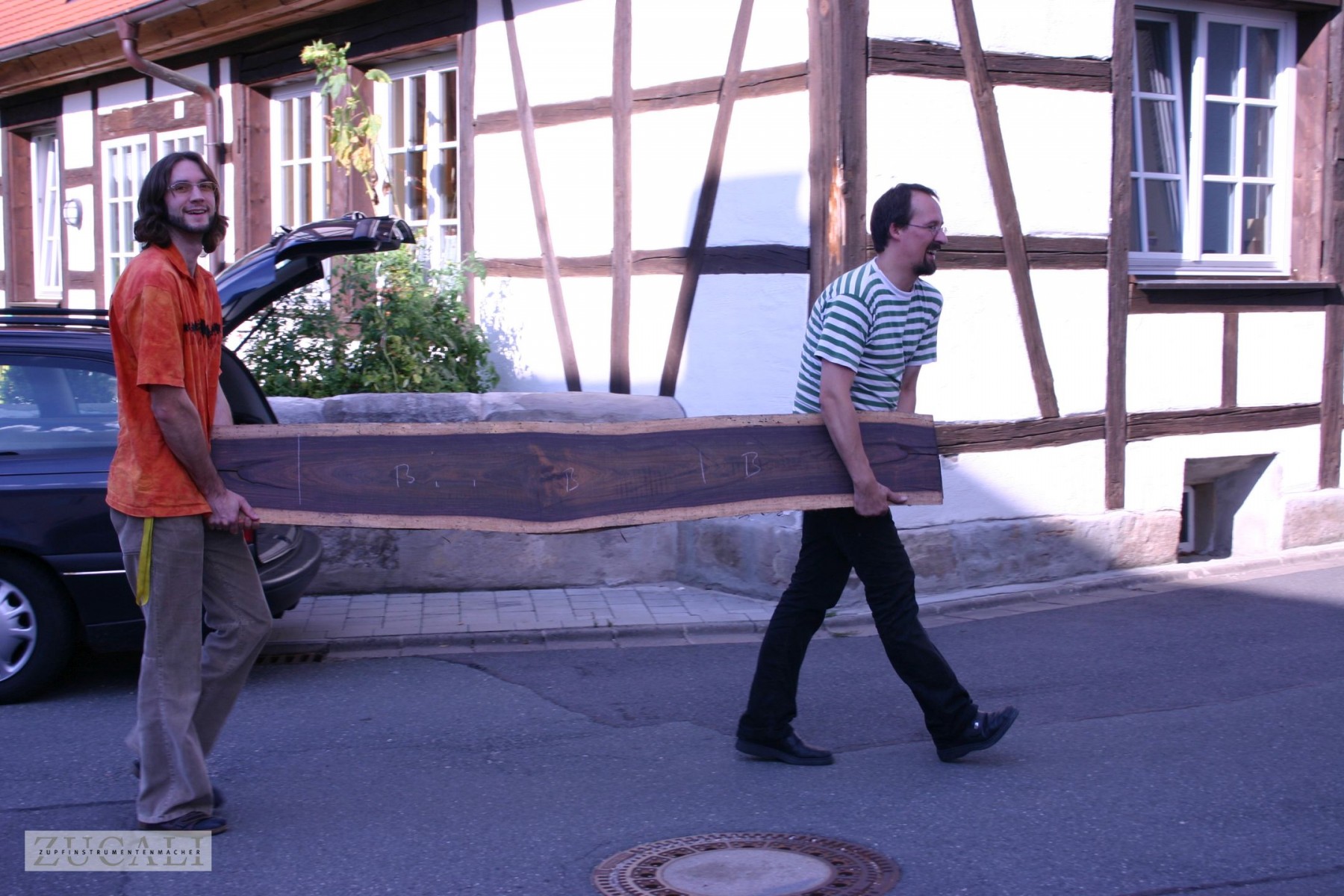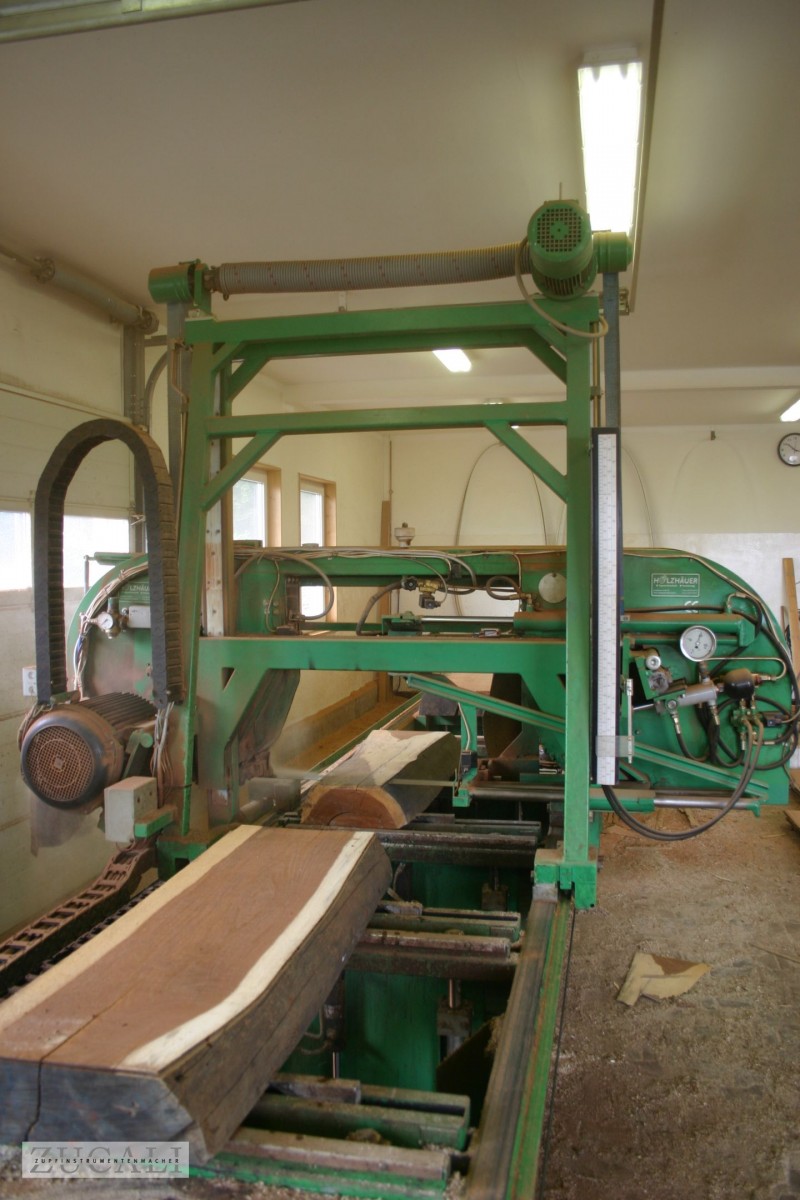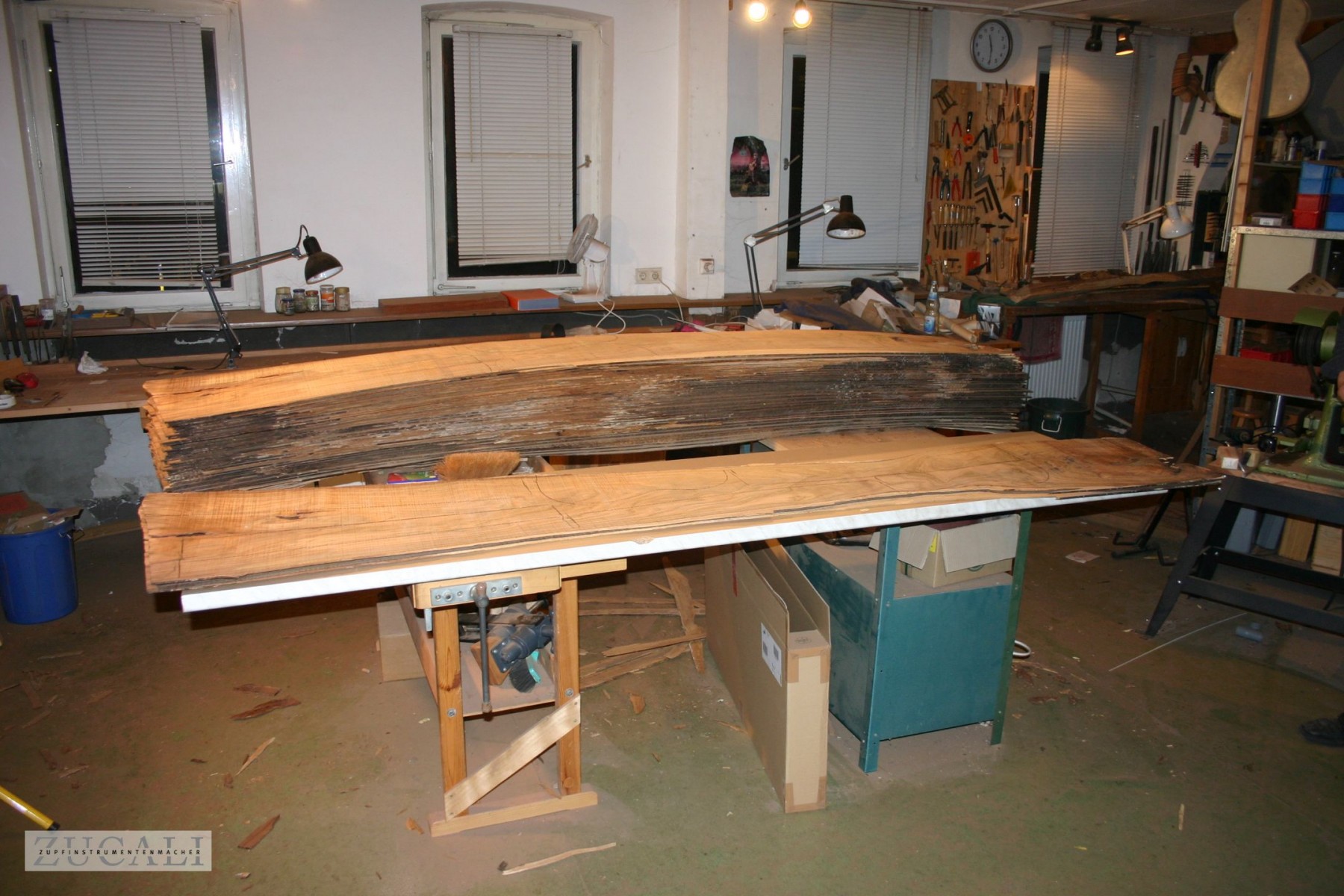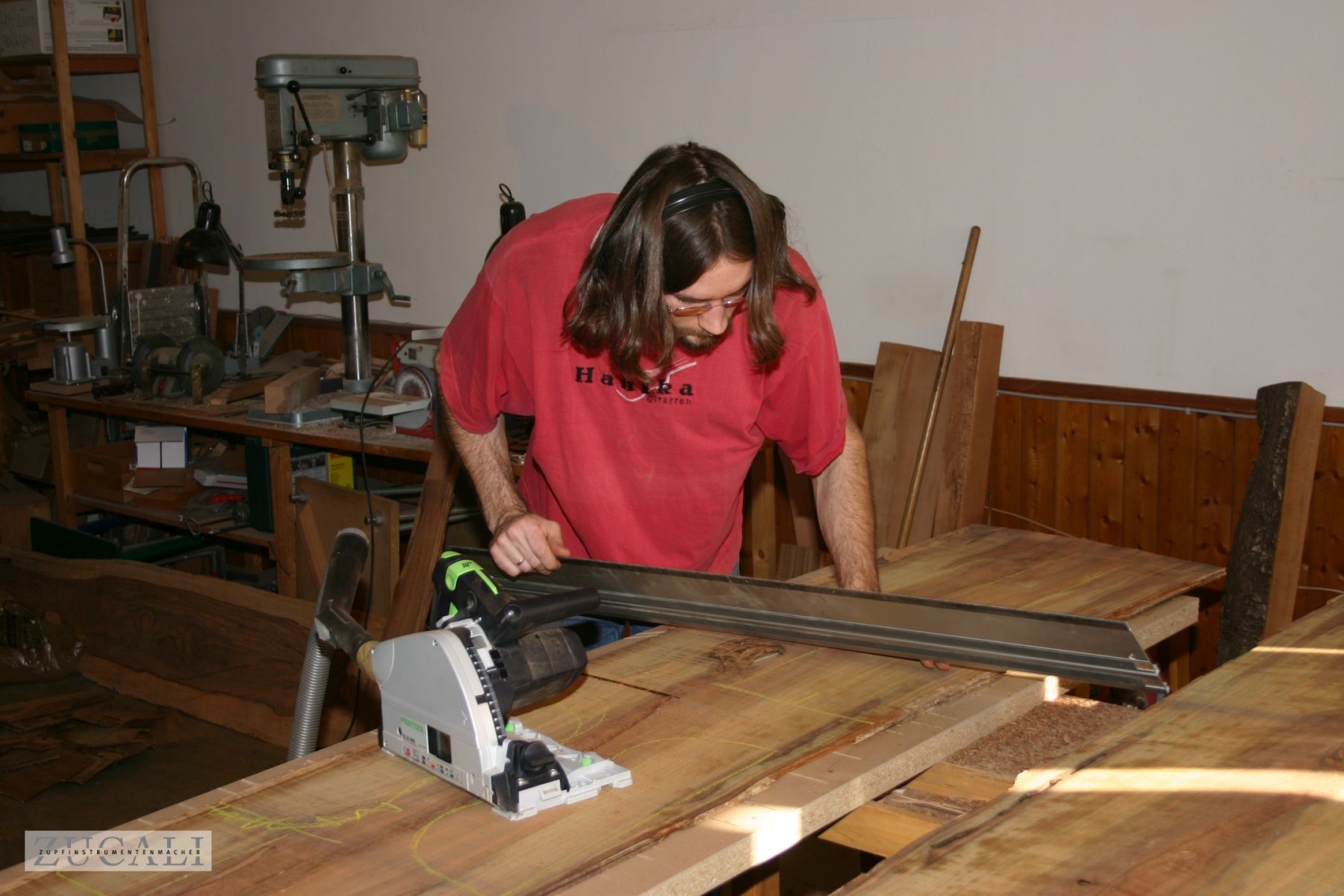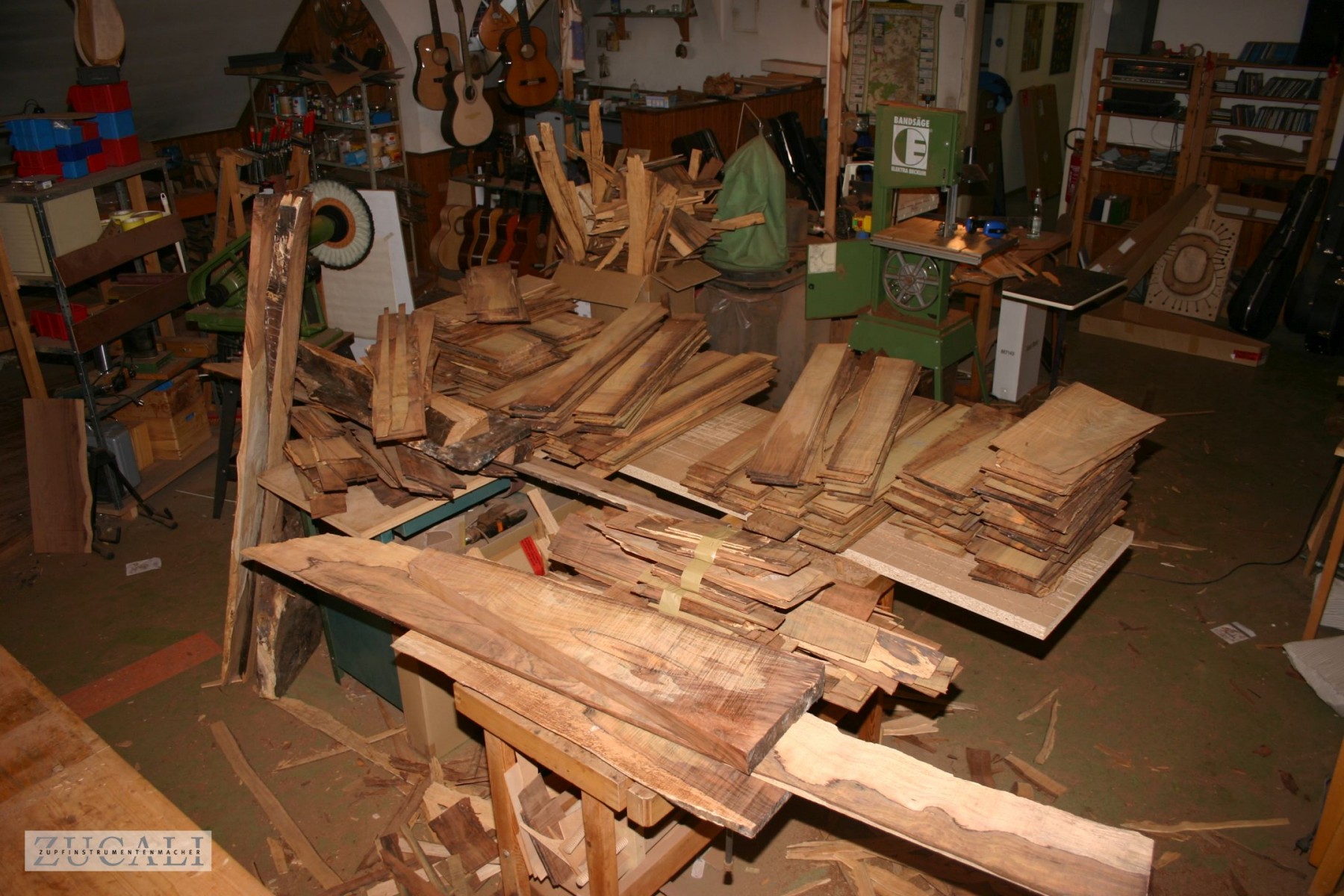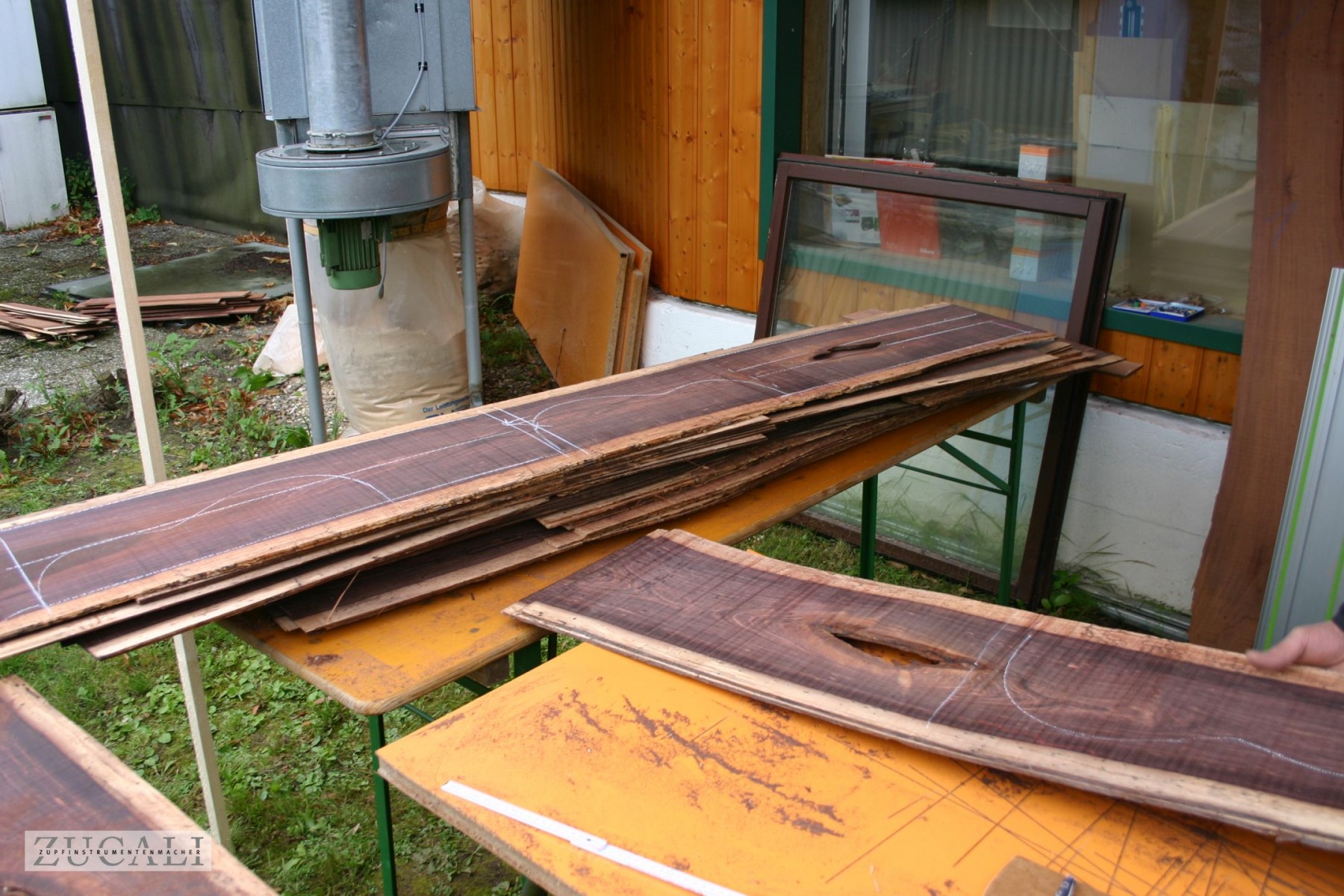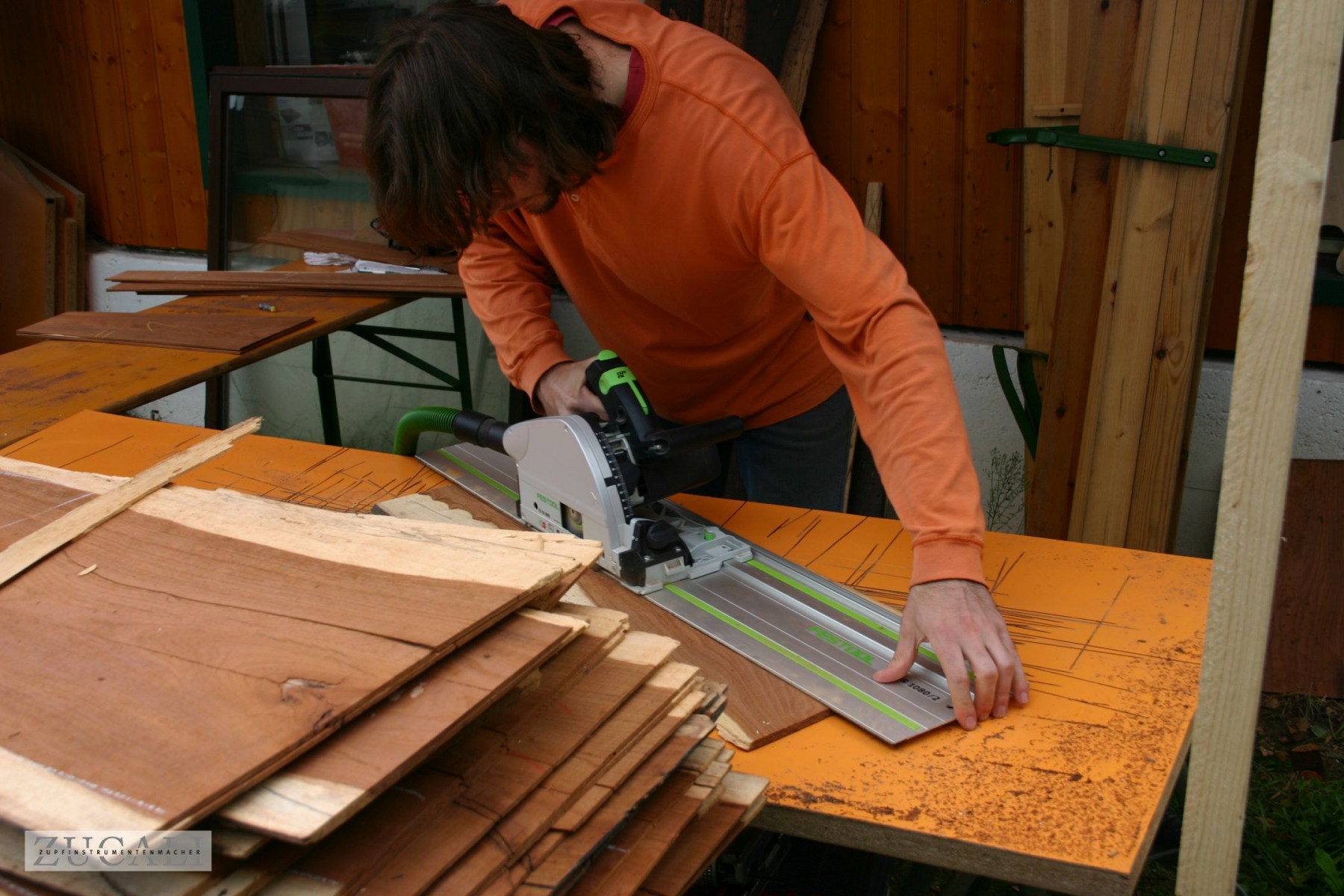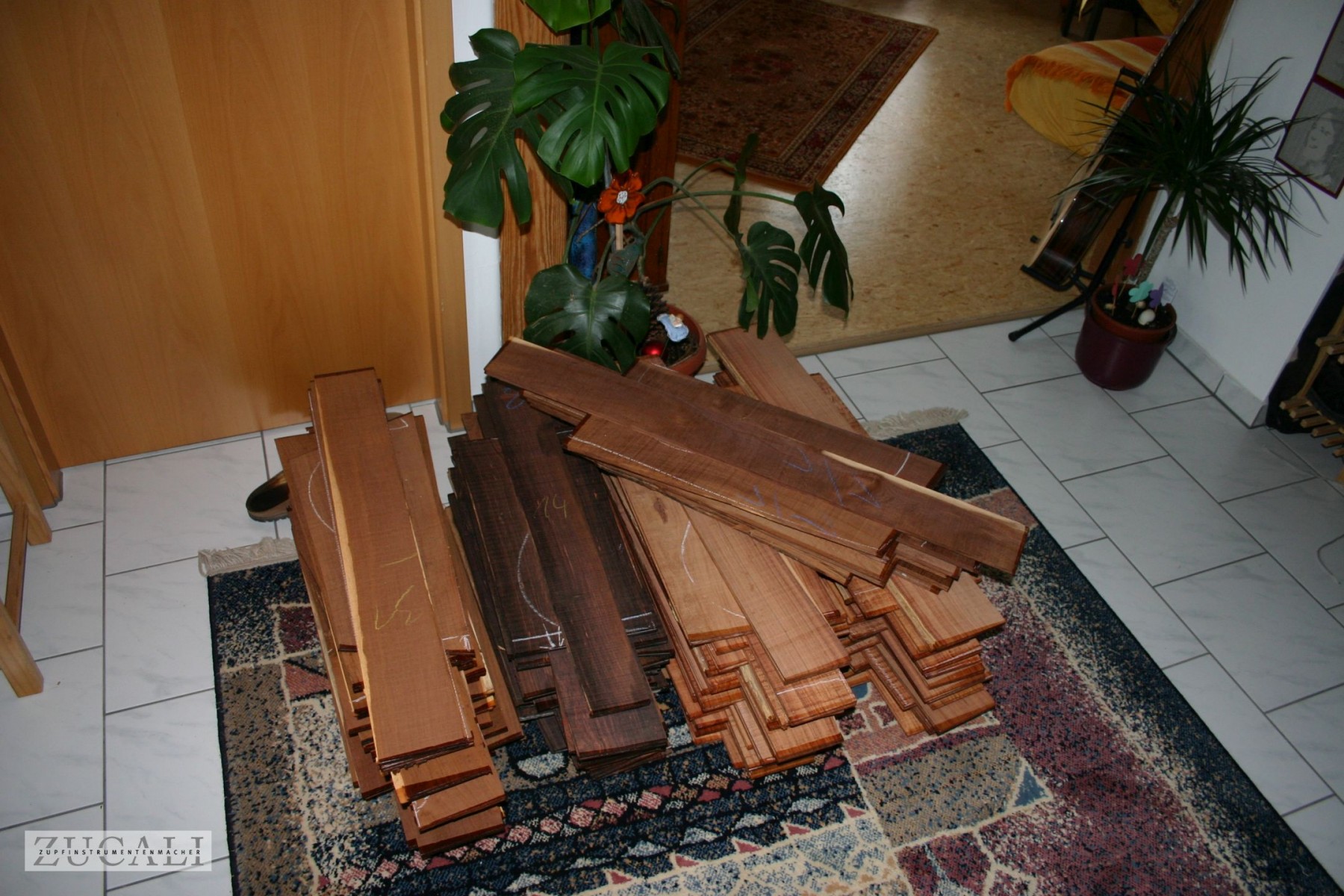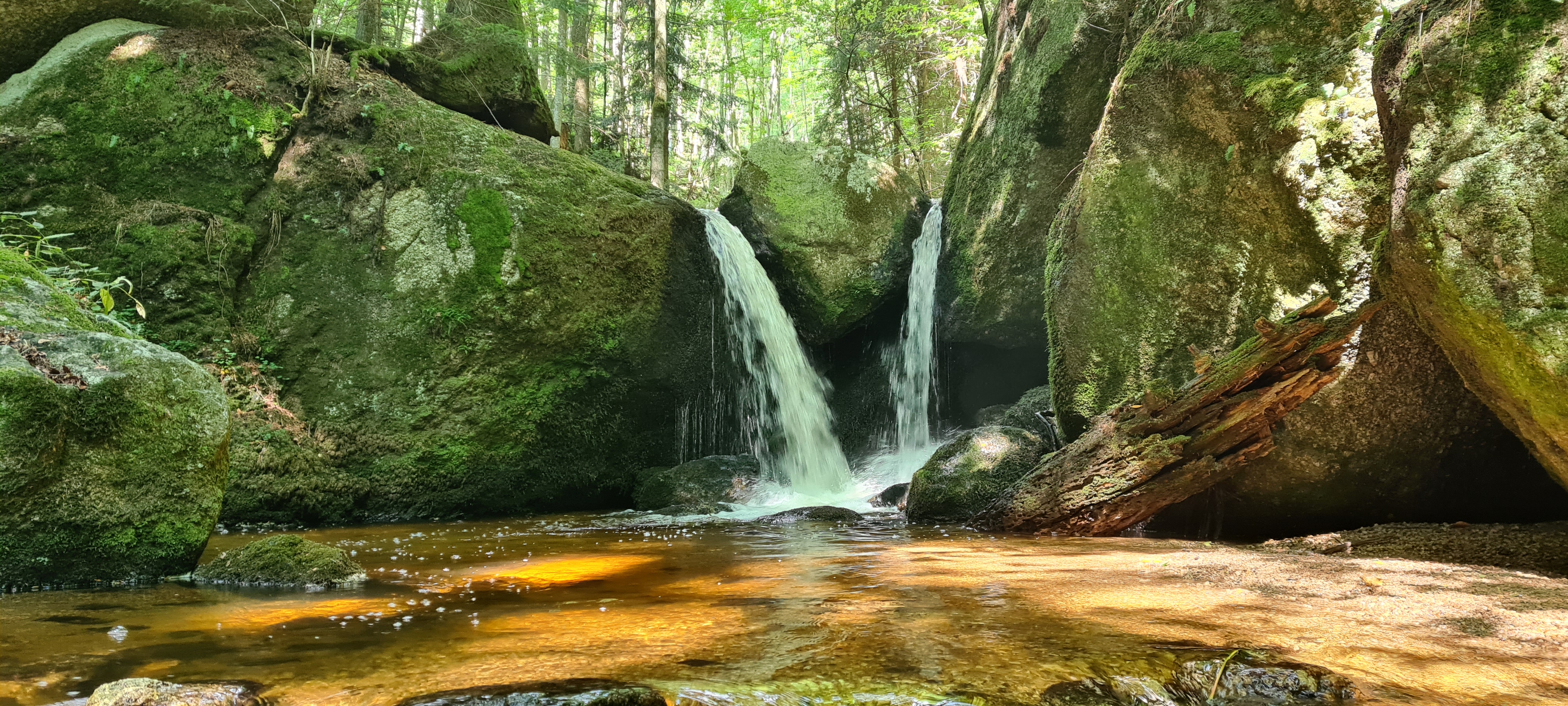Travelling with an instrument: Species protection (C.I.T.E.S.)
Guitars are made of a wide variety of materials. Some of the raw materials traditionally used are now subject to species protection and
therefore there are strict trade and import regulations when individuals enter and leave via the external borders of the European Union and between third countries.
The agreement on species protection C.I.T.E.S. (Convention on International Trade in Endangered Species of Wild Fauna and Flora = Washington conservation agreement) and the legal regulations implementing it are regularly renewed and - as experience shows - generally tightened. More and more species are threatened in their existence so that they are subject to species protection.
Basically, one can distinguish between three different degrees of protection:
If your instrument contains plant or animal materials that
are not subject to species protection in their processed form or are only listed in C.I.T.E.S. Index lII, I still recommend a
"Declaration of Materials" as proof of the materials used.
This Declaration of Materials can be issued with due diligence by a "Zupfinstrumentenmachermeister" (Germany) or a "Streich- und Saiteninstrumentenerzeugermeister" (Austria). Both titles mean master string instrument builder.
Additionally, for trips to the USA a negative certificate (Negativbescheinigung) issued by the reaponsible ministry (e. g.
BMLFUW in Austria) is recommended. You may apply for such a certificate at the ministry by showing your Declaration of Materials.
We recommend carrying all documents with you in their English translation.
With the Declaration and clearance certificate, traveling musicians can pass through the green customs path.
At the beginning of 2017, all rosewood species (Dalbergia spp.) with the
exception of
Brazilian Rosewood (Dalbergia nigra) were upgraded to Cites Index II. As a result, the authorities, many traders, processing companies and also end customers were massively overwhelmed with the bureaucratic hurdles.
The 18th CITES Conference in 2019 adjusted these regulations, which finally become effective on 26.11.2019.
For the woods rosewood (Dalbergia spp.), bubinga (Guibourtia tessmannii, Guibourtia pellegrininana, Guibourtia demeusei), footnote 15 was significantly amended:
-
All types of finished products with a maximum weight of 10 kg per consignment (IMPORTANT: kg number only related to one of the above mentioned woods).
-
Finished musical instruments, finished musical instrument parts and finished musical instrument accessories
fall under an exemption within the CITES Appendix II regulations and can therefore be traded again
without species protection permits (CITES certificate). New and used musical instruments can also be sold again without proof. This also makes travelling with musical instruments less complicated.
If your instrument is made of woods that are listed under CITES II,
I recommend that you also carry a "Declaration of Materials" with you when travelling. Many types of wood are not easy to classify; with a "Declaration of Materials" you can prevent misunderstandings and help to ensure that the materials of your instrument are correctly classified.
None the less, if your instrument is made of
Brazilian rosewood, which is still classified in
C.I.T.E.S. Index I, it may absolutely not be traded, imported or exported. Further information on this can be found under point 3.
If your guitar contains processed vegetable or animal materials that are subject to the Cites Index I, a CITES certificate is required to travel beyond the external EU borders. Examples for protected materials are: tortoiseshell, whale bone, bones of other protected animals, fishbone, mother of pearl of an unknown source and in particular ivory and Brazilian Rosewood.
To check whether the materials from which your instrument has been built are protected, consult with the
BMLFUW and have a look at the website
"Checklist of Cites Species".
Import and export (travelling!) into / from the EU and travel to and between non-EU countries are
only permitted with a CITES certificate for musical instruments. Travelling without such a certificate can cause confiscation of the instrument and is considered a criminal offence under the Austrian Trade Act and the Federal Nature Conservation Act.
If your instrument contains ivory, the import to and export from the USA is strictly prohibited.
There is an important change in the musical instrument certificate: Until 2017, only the
owner could receive such a certificate and only he was named on the certificate. Now, the
holder of the guitar, for example the musician who has received the guitar on loan from a guitar maker, can also be named on a musical instrument certificate. This is to facilitate travelling with instruments that are only borrowed or rented.
During your travels
you must pass trought the red customs path, show your CITES certificate along with any attachments or addendums and have it stamped. The same applies when re-entering into the EU.
In Austria, you may apply for a CITES certificate under
www.cites.at, or at the BMLFUW, Department 1/8, Stubenbastei, 1010 Vienna. You may have to prepare for long waiting peridos.
You can download the application form online:
Let me provide you with some information to make filling in the form a little easier for you as some points are not self-explanatory. An information sheet is being provided together with the application form and can be downloaded as well.
-
Under “Genehmigung/Bescheinigung” tick “Sonstiges” and add “Musikinstrumentenbescheinigung”.
-
Under “8. Beschreibung der Exemplare…” add “CAR (Warencode) – Declaration of Materials“ and also attach your Declaration of Materials to your application.
-
According to the ministry (January 2017), there is no need to fill in sections 9 to 20 if you attach a comprehensive Declaration of Materials to your application.
-
If your instrument does not contain any materials protected under CITES (or material listed only in CITES III), I recommend requesting a Declaration of Materials from the person selling you the instrument or having such a declaration issued to you in advance of the purchase. Every proof of the materials used in the manufacturing of your instrument is useful.
-
If your instrument contains one of the materials listed under CITES Index II (and none of those listed under CITES Index I), it is very likely that the above-mentioned special regulation applies. However, we still recommend carrying the Declaration of Materials with you when travelling. Again, every proof of the materials used in the manufacturing of your instrument is useful (e.g. the receipt of your luthier) to avoid misunderstandings.
-
If you are interested in buying an instrument containing one of the materials protected under CITES I, you should request a CITES certificate as well as a Declaration of Materials before agreeing on the purchase. Even if the seller holds a CITES certificate stating that he is the owner (and proprietor) of the instrument, you will need to have such a certificate issued to you (with your name on it) as the new owner. The CITES certificate is attached to the proprietor and now – according to the latest regulations – also to the owner of the instrument (the persons who loans or rents the instrument), but not to the instrument itself.
To apply for your own certificate, you need the past proprietor’s CITES certificate as well as a Declaration of Materials.
It is also possible to request an assessment of the materials used in your instrument as well as the time period during which they were imported into the EU. A list of assessors can be found on the
website of the Bundesamt für Naturschutz.
The period of time during which the materials or the instrument was imported determines if and/or in what way the material is protected. Your instrument can only be assessed as “Vorerwerbsinstrument” (instrument of prior acquisition) if the Brazilian Rosewood was imported before July 20, 1992 and all other types of rosewood imported before 2017, for example. Owning and/or travelling with an instrument classified as
antiquity is not illicit if the instrument was
built before March 3, 1947 and has not been adapted ever since.
A simple solution I often suggest to musicians whose instruments contain materials protected under CITES is to exchange these materials if they are easily replaceable. Ivory can, for example, be replaced with bovine bones or similar synthetic materials.
Feel free to
contact me for further information and any questions you may have.
If you are looking for a violin builder who can help you, I recommend Mr.
Alexander Schütz from Linz, Upper Austria.

